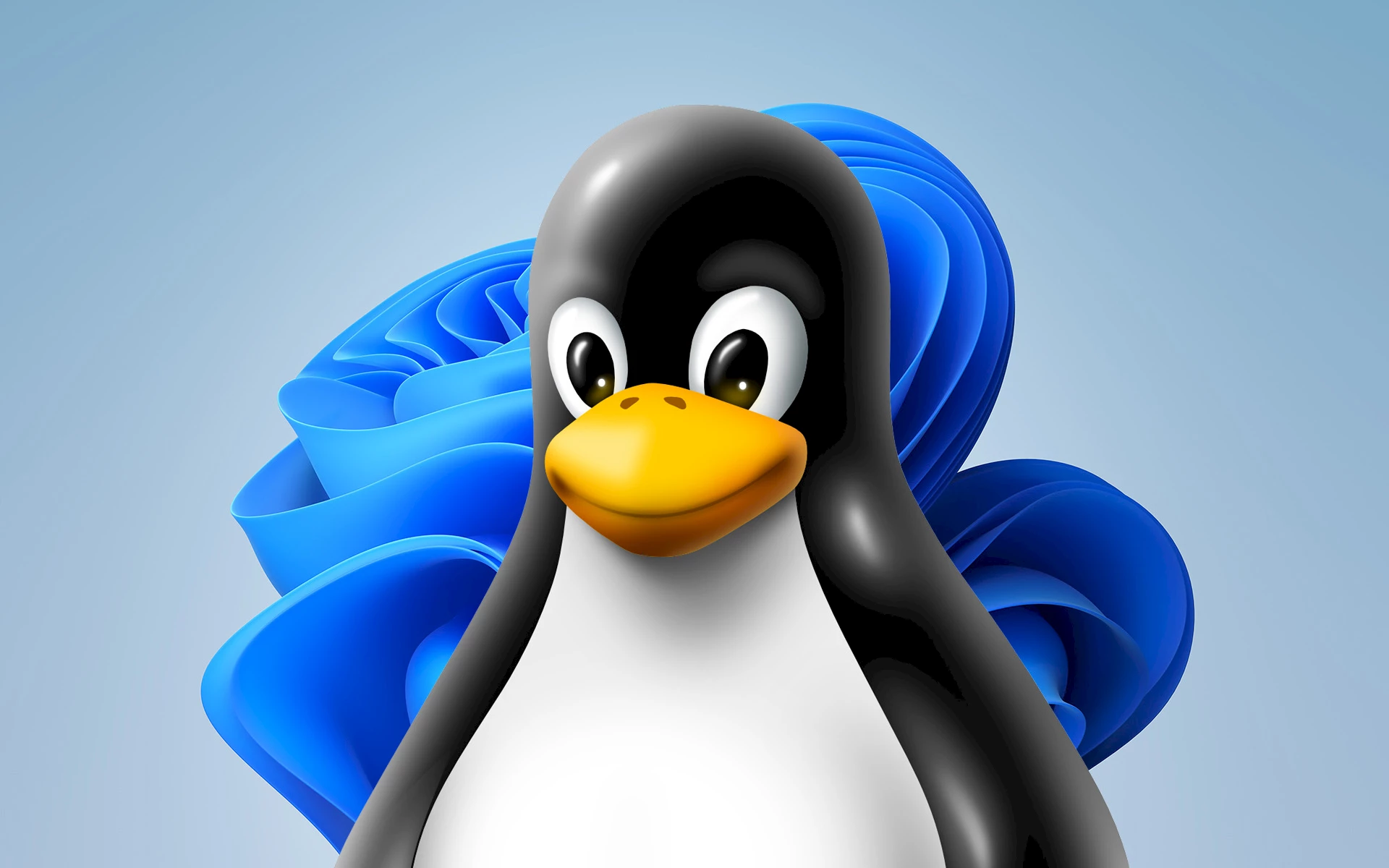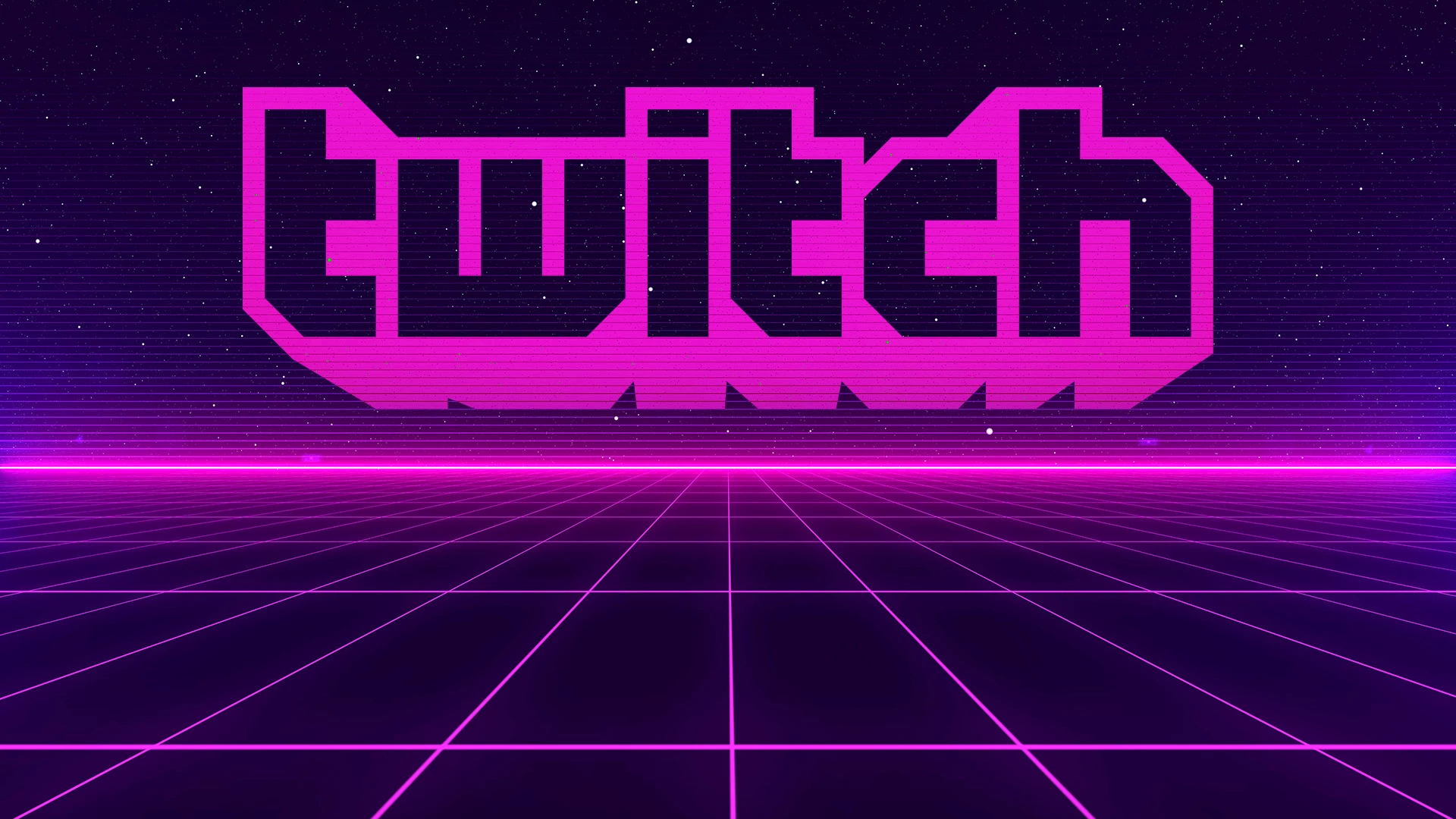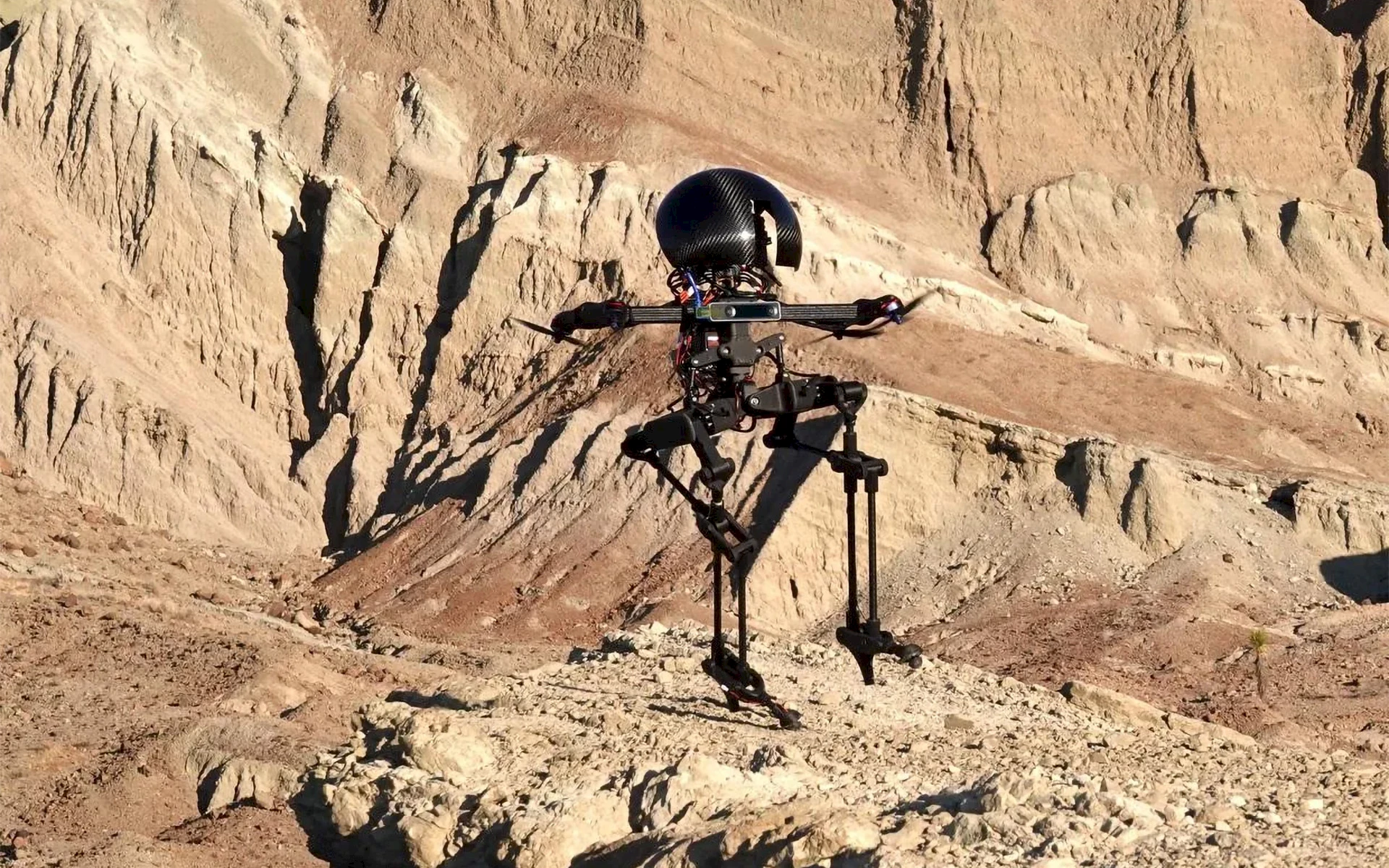Weekly Tech Recap - № 312 - Linux on Windows 11, Eidos Montreal, Twitch hacked, YubiKey Bio, and Leonardo

Linux on Windows 11

Windows ❤️ Linux.
Launched 5 years ago, the Windows Subsystem for Linux (WSL) is a compatibility layer that lets you run Linux binary executables (in ELF format) natively on Windows. This tool makes life easier for developers, system administrators and anyone with a foot in both worlds. The good news about Windows 11 is that it has greatly improved the way WSL works. For one thing, installation is simplified and for another, there’s support for graphical user interfaces and audio thanks to the WSLg architecture. If you’ve been hesitant to upgrade to Windows 11, this new and improved version of WSL might be what you’ve been waiting for.
To install WSL on Windows 11, a simple wsl --install command with no further arguments is enough to get Hyper-V and other WSL underpinnings, as well as the latest version of Ubuntu. If you prefer another Linux distribution, type wsl --list --online for a list of possible distros. This will let you install your choice of distro such as wsl --install -d openSUSE-42. The beauty of it is that you can set up multiple distros, each with its own separate environment. You can run as many installed environments as you want simultaneously, without worrying about one disrupting another.
⇨ Ars Technica, Jim Salter, “The best part of Windows 11 is a revamped Windows Subsystem for Linux.”
2021-10-07
A four-day work week for Montreal, for real

Guardians of the Galaxy. © Square Enix/Marvel.
Game development studios have a reputation for poor working conditions and an unrealistic number of work hours. Especially criticized are “crunch” times, when developers have no choice but to work 65 to 80 hours a week in order to meet a release date, especially since these overtime hours often are uncompensated. Such human-resources practices have a negative impact on the health of developers as well as the quality of their work. They also push many people out of the industry to pursue a better work-life balance. Add to that the widespread labor shortage in the software industry, and studios are being forced to rethink the way they operate in order to attract and retain new talent.
Given all this, Eidos Montreal, the Square Enix studio currently working on Marvel’s Guardians of the Galaxy game, announced that employees would now work only four days a week, Monday through Thursday. Working hours are reduced from 40 to 32 hours, without any changes in pay or working conditions. The studio says that it expects work hours to be used more efficiently, for example by reducing internal meetings from one hour to 30 minutes, and that it is convinced “that this renewed management of working time will help cultivate the creativity and motivation of the teams, and become a real driver of innovation and performance.” Now, it remains to be seen whether other studios follow suit.
⇨ The Verge, Ian Carlos Campbell, “Game developer Eidos-Montréal is switching to a four-day workweek.”
2021-10-07
Twitch FailFish

© Twitch/iStock.
Nearly all the source code developed by the game streaming service Twitch, including a complete history of commits, ended up on the internet in a 125GB torrent. The entire source code for twitch.tv, for mobile, console and desktop applications, and even for an app that has yet to come out (the Amazon Game Studios store set to compete with Steam), is available. The cherry on the cake has been access to Twitch’s internal security tools and years of payment history to creators. For example, we now know that some 80 broadcasters on Twitch have each earned more than US$ 1 million over the past two years. The scale of the hack is staggering, and the hackers hint that this is only Part One of the data they got their hands on ...
The first question that comes to mind is “How is that even possible?” According to some accounts, this is probably the result of an all-too-common corporate culture where security is talked up but not acted upon. The Verge reporters spoke to multiple sources who say that during their time at Twitch, company management always prioritized speed and bottom line at the expense of the security of its users and data. One source indicates also that Twitch has been consistently choosing not to disclose the security issues it faces. The company is not very loquacious, but claims the malicious intrusion was due to a misconfiguration on its servers.
Update. Not a good week for Twitch... Hackers managed to deface Twitch for a few hours this Friday morning, replacing a number of images with pictures of Amazon CEO Jeff Bezos. Users reported seeing images of Bezos in listings for GTA V, Dota 2, Smite, Minecraft, Apex Legends and many other games on the Amazon-owned service. [Source.]
⇨ The Verge, Tom Warren, Ash Parrish, “Twitch’s security problems started long before this week’s hack.”
2021-10-07
Leaving your print on YubiKey Bio

YubiKey Bio. © Yubico.
Yubico introduced a series of hardware keys that let you log in with your fingerprint, which is attractive given how tedious it is to type passwords. Of course, the YubiKey Bio (as in, “biometric”, not “biological”) still gives you the classic option of entering a PIN when you’re wearing gloves or your fingers are wet. These keys support the latest FIDO2/WebAuthn and U2Fopen authentication standards to which Yubico contributes, so they work perfectly in Windows, macOS, Linux and ChromeOS. They also work out of the box with various enterprise platforms, including Microsoft 365, Microsoft Azure Directory, Citrix Workspace, Okta, and Duo. The YubiKey Bio has a three-chip architecture, where the fingerprint is stored separately and securely, which Yubico says provides stronger protection against physical attacks. The USB-A version of the YubiKey Bio costs US$ 80 and the USB-C version costs US$ 85.
⇨ Ars Technica, Scharon Harding, “New Yubico security keys let you use fingerprints instead of passwords.”
2021-10-05
It’s a robot… it’s a rocket… it’s Leonardo

Leonardo. © California Institute of Technology.
Leonardo is a weird, humanoid-ish robot developed at the California Institute of Technology (Caltech). It combines a pair of lightweight legs with torso-mounted thrusters powerful enough to balance it dynamically and lift it off the ground. It can skateboard gracefully, a remarkable feat in the field of robotics. It weighs 2.5 kg, measures 75 cm and consumes 544 watts, including 445 watts for the propellers and 99 watts for the electronics and legs. What’s interesting about Leonardo is the complex way in which the two methods of locomotion work together to achieve a task. The robot uses a synchronized control of propeller thrusters and leg mechanics to smoothly transition between flight and walking modes. In its current iteration, Leonardo’s main limitation is the range of its on-board battery (a maximum of 100 flight-seconds and 210 walking-seconds). The research team continues to work on improving the robot, adding artificial intelligence and autonomous movement functions as well as the ability to handle objects.
⇨ YouTube, “LEONARDO: a bipedal walking robot that can fly, slackline, and skateboard.”
⇨ IEEE Spectrum, Evan Ackerman, “This flying biped can skateboard and slackline.”
2021-10-06
